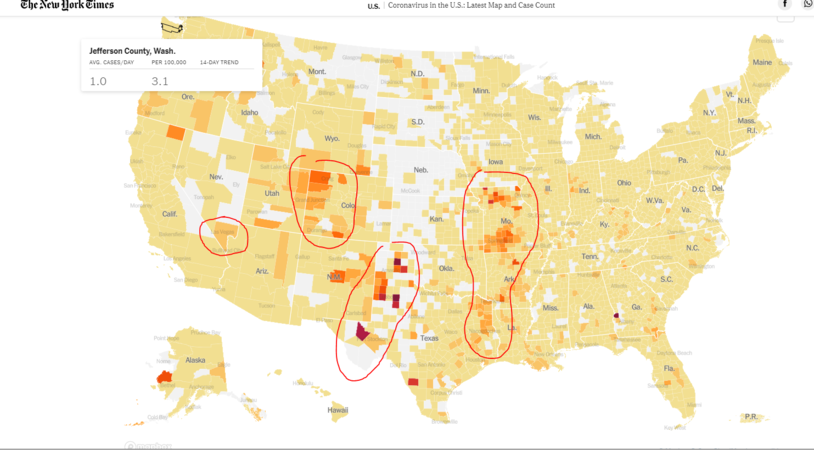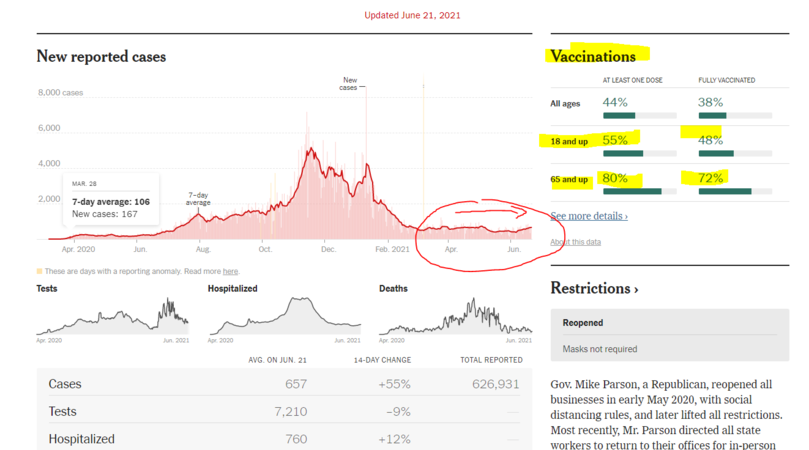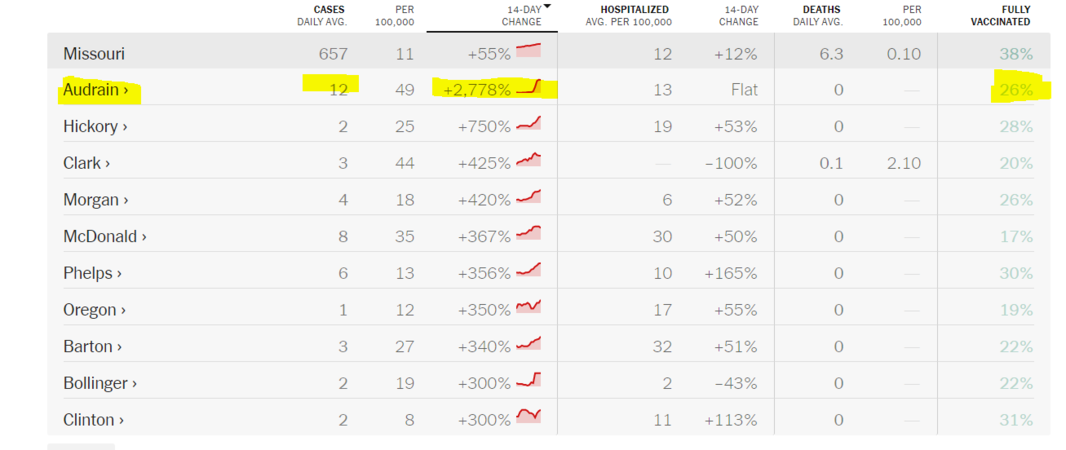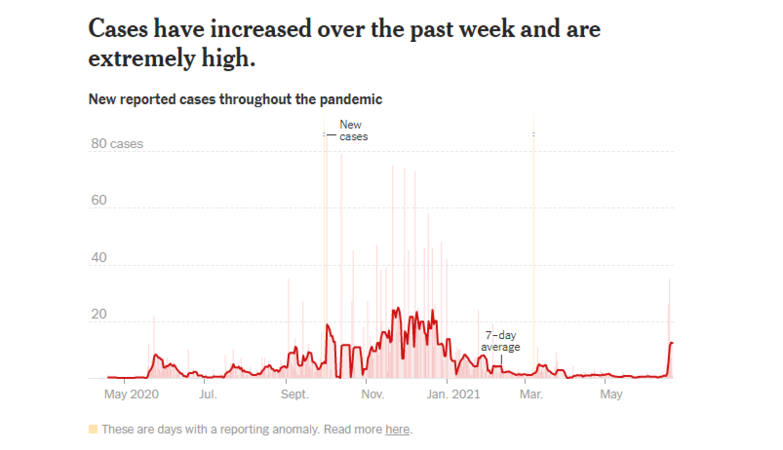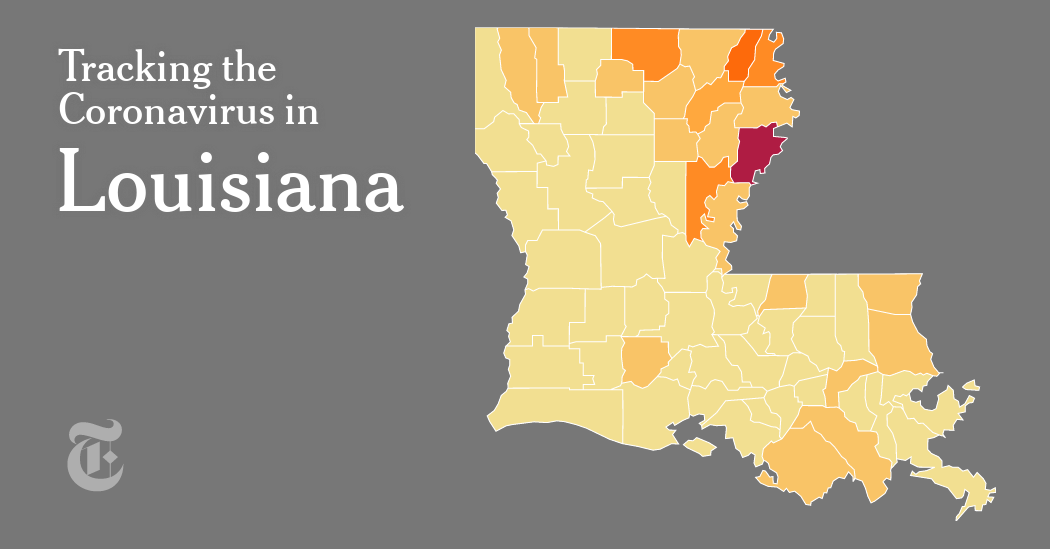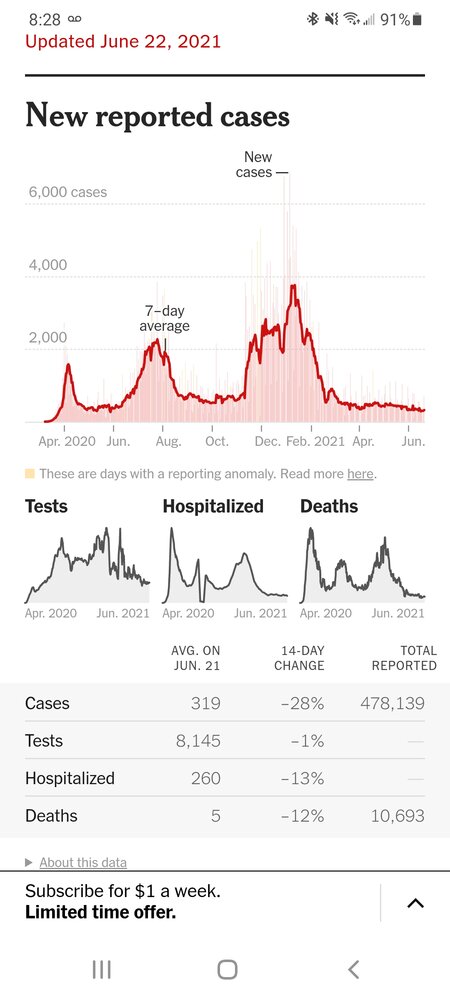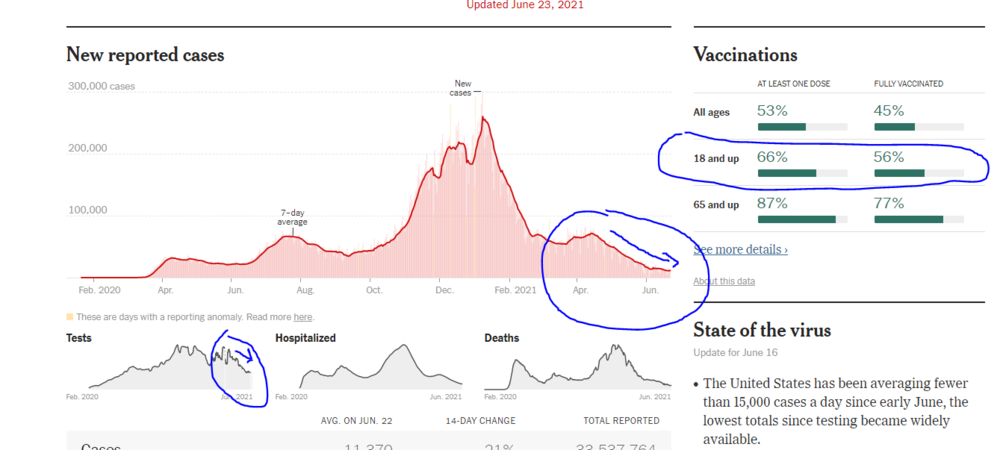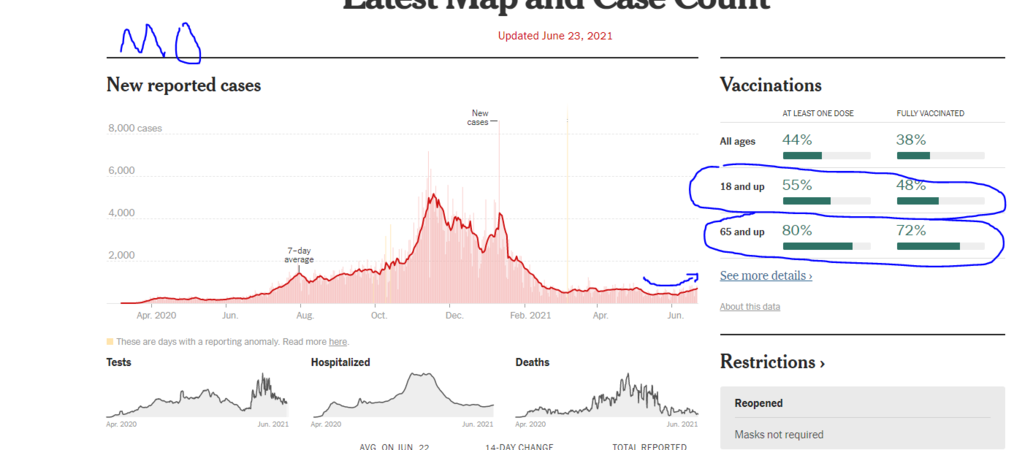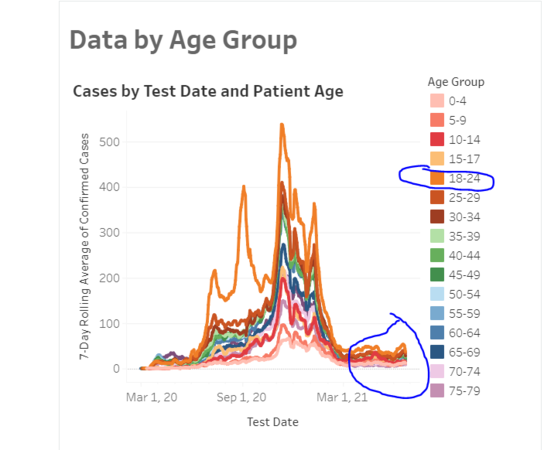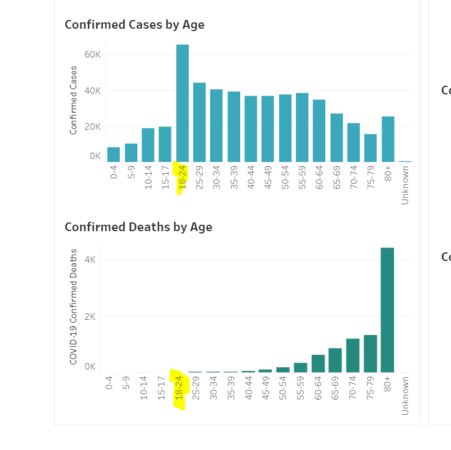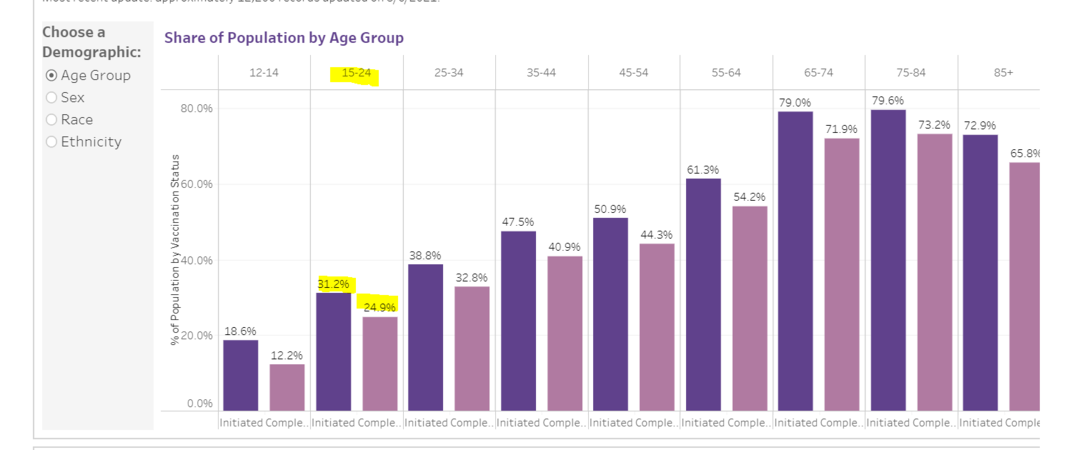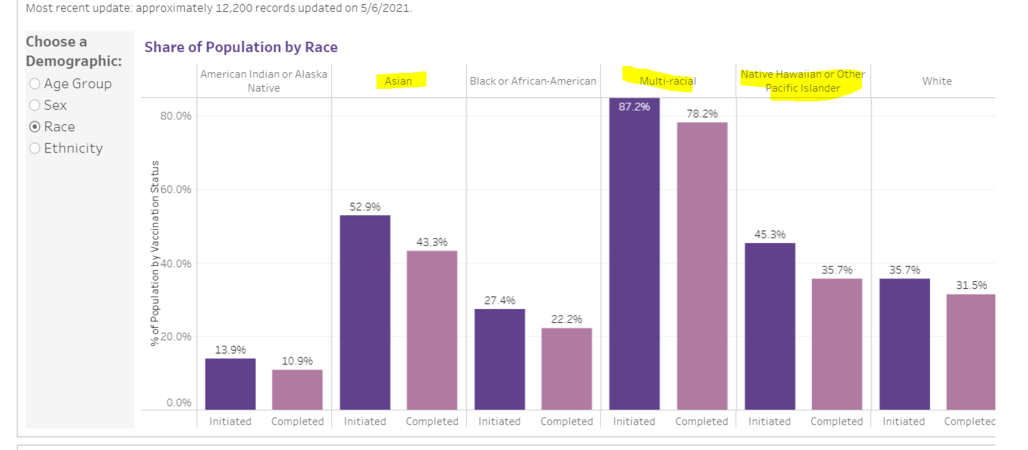- Joined
- May 30, 2011
- Messages
- 17,985
- Reaction score
- 34,554
Offline
It’s all good. I’m deleting my posts. Maybe another time but time is up. Take careAnd you know what's actually annoying me @sammymvpknight . I'm trying to talk that actual science of that study and you're not engaging me on that part of it.
Last edited:


